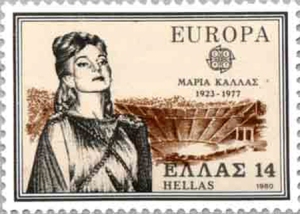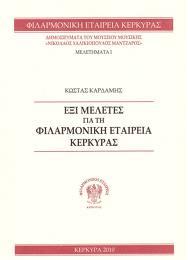
In 1975, during the transition in Greece from military dictatorship to democracy, the composer Manos Chatzidakis was appointed director of the Third Program of Ellīnikī Radiofonīa and asked the choreographer and director Reggina Kapetanaki to help him create an educational radio show for small children.
The result of this collaboration was Edō Lilipoupolī (“Here is Lilliput”), set in an imaginary world loosely based on Jonathan Swift’s Gulliver’s travels. The show’s locations and characters could often be identified by older listeners as satirical references to Greek places and people, and songs composed for it became popular vehicles of political commentary. Sometimes the satire bit too deeply for the government, which accused the creators of producing Communist propaganda, but Chatzidakis, thanks to his personal prestige, was generally able to protect them. The program ran until 1980.
This according to “Children’s songs as socio-political comment in the Greek radio show Edō Lilipoupoli” by Aikaterinī Giampoura, an essay included in Radio art and music: Culture, aesthetics, politics (Lanham: Lexington Books 2020, 235–54).
Below, an album compiled from various episodes.







